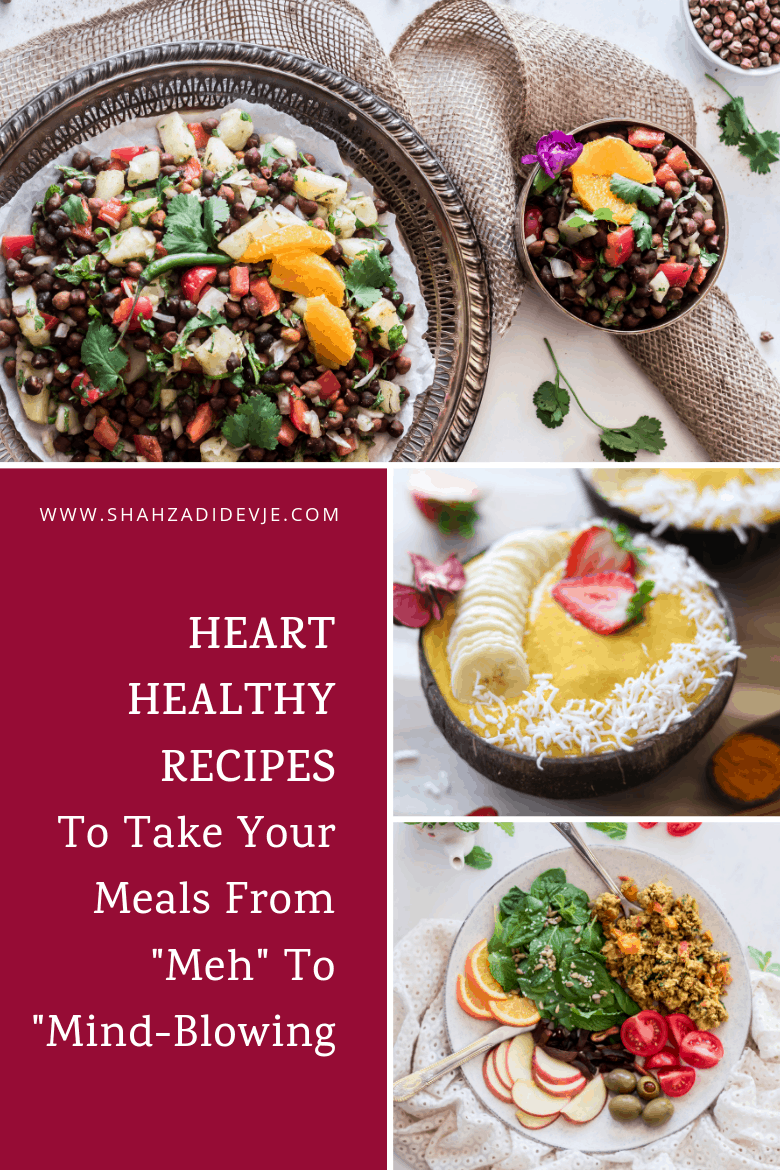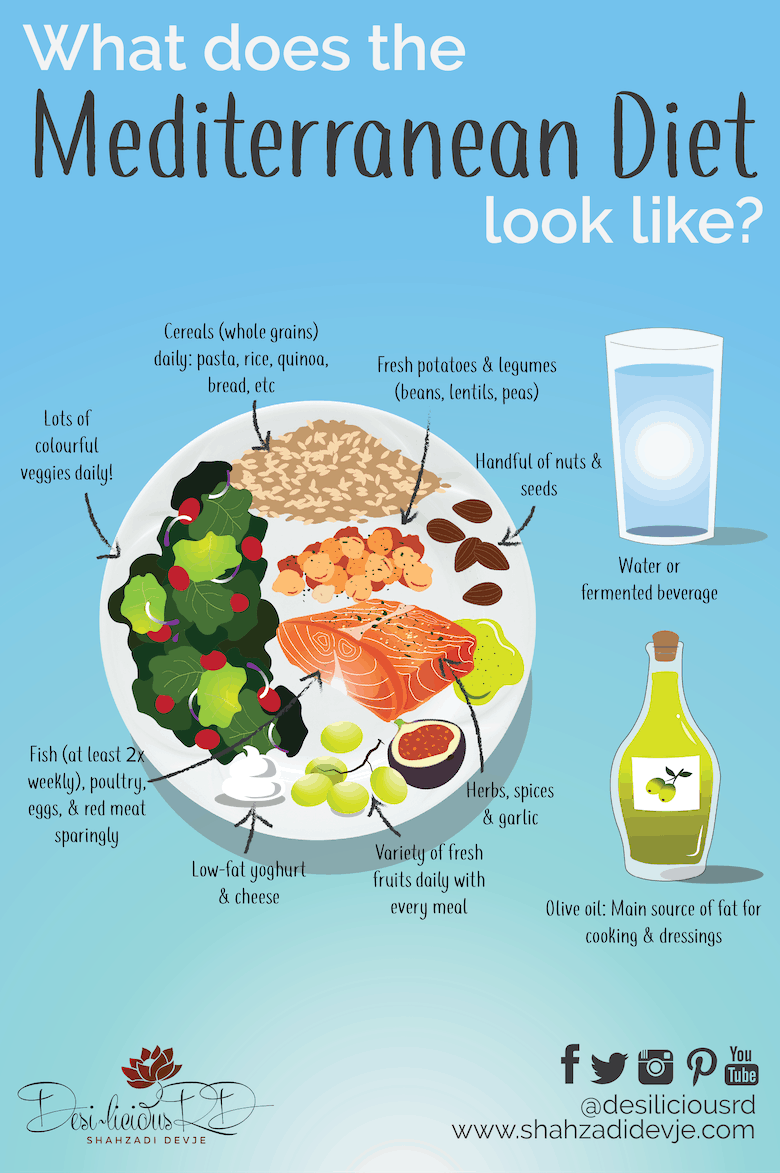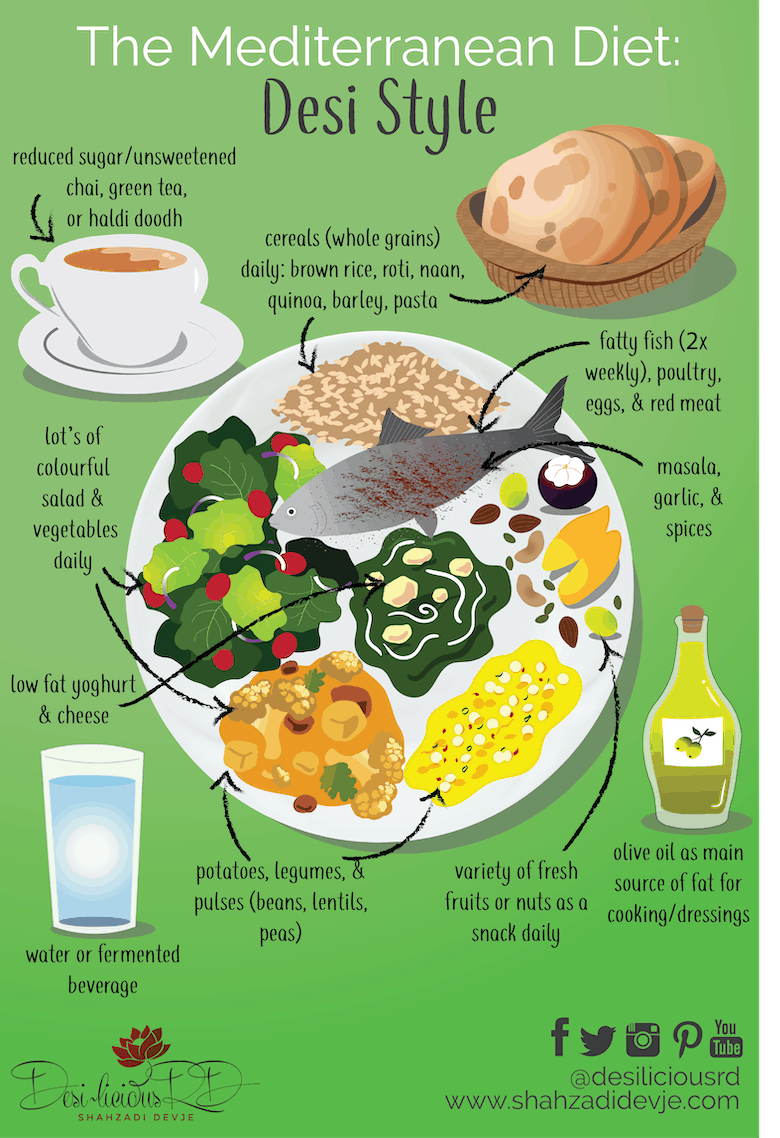Heart healthy eating doesn’t mean skimming on the foods you love. Protect your ticker while enjoying these heart healthy recipes for breakfast, lunch, dinner and snacks.

Heart disease is the second leading cause of death in Canada, and affects many individuals and families. There are many factors that can affect your risk for heart disease. Some of these risk factors you can’t change – like your age, gender, and ethnicity. The good news is that around 80% of premature heart disease can be prevented, by following a healthy and balanced lifestyle. This means, you have the power to lower your risk; by eating well, exercising, limiting (or avoiding) alcohol, quitting smoking, and learning how to manage stress. In this guide, we will answer some of your questions about what it means to eat well for heart health, and share some delicious heart healthy recipes, that you and your family can enjoy!
What foods will clog your arteries?
The answer to this question has been under considerable debate over the last few years. One thing that almost everyone in the scientific and healthcare community agrees on, is that industrially produced trans fats should be eliminated from our diets.
Trans fats, are found in partially hydrogenated vegetable oils – used in processed foods; like:
- Packaged baked goods – cakes, muffins, donuts, cookies made with shortening and vegetable margarine
- Fried fast foods
- Processed peanut butter
- Non dairy coffee creamers
- Pies
- Pizza
- Potato chips
There is strong evidence that industrially produced trans fats are linked to heart disease. Fortunately, trans fats have been banned in Canada, and will soon disappear from our food supply.
The big fat controversy is around our understanding of how saturated fats affect risk of heart disease. Saturated fats are found in animal foods, such as red and processed meat, higher fat poultry, higher fat dairy, and animal fats like butter, ghee, lard and cream. Saturated fats are also found in plant sources that are solid at room temperature, such as coconut oil and palm oil.
From the best available evidence, what we know is that saturated fats lead to an increase in “LDL” or lousy cholesterol. In other words, high “LDL” levels can increase the risk of heart disease. However, a few recent studies suggest that there was no association between eating saturated fats and heart disease.
Let’s dig deeper, and discuss some reasons for this.
One could argue that there isn’t sufficient research – to make a conclusive judgement. Not to mention, these studies are not of the highest quality. Some also believe that LDL alone may not be the best way to measure risk for heart disease, and we need to learn more about the exact biological mechanisms of how blockages in the arteries form. This idea is not supported by others.
Let’s not forget, not all fats that fall under the umbrella of saturated fat are created equal. For example, saturated fat from butter and coconut oil are different chemically, and may be metabolized differently in the body (though both have shown to increase LDL levels).
The confusion around saturated fats doesn’t mean that “butter is back” or that coconut oil should be used as your main source of fat. In fact, studies have shown that having unsaturated fats from plant sources (think olive oil, avocados and oils from nuts and seeds) instead of saturated fats lowers your risk of heart disease . So despite all the controversy, the recommendations to limit saturated fat in your diet – still stands.
The key with fats like butter, lard, ghee, cream and coconut oil is to eat them mindfully, and enjoy them in moderation rather than using them as your ‘go-to’ source of fat. For example, you can use olive oil as your main source of fat when cooking and mix in a little coconut oil to achieve a desired flavour profile for a recipe.
What is the healthiest diet for the heart?
When it comes to hearty healthy eating, we would encourage you to shift your thinking from individual nutrients; like saturated fats or cholesterol – to an overall dietary patterns instead. Research looking at the relationship between dietary patterns and heart disease consistently shows that predominantly plant-based diets can lower your risk of heart disease.
What about real population groups?
The Blue Zones are regions in the world, where populations live longer, healthier lives – compared to other areas of the world. These regions include Ikaria in Greece, Loma Linda in California, Sardinia in Italy, Okinawa in Japan and Nicoya in Costa Rica. When it comes to their dietary patterns, there is one thing all these regions have in common – they all follow predominantly plant-based diets, and eat animal foods like meat and high fat dairy in moderation. For example, Ikaria and Sardina in the Blue Zones follow a Mediterranean style pattern of eating.
Let’s delve deeper into the Mediterranean Diet.
The Mediterranean Diet

It’s one of the most well-researched diets in the area of heart health. The benefits of this pattern of eating was discovered when a group of researchers, in the 1950’s, completed the “Seven Countries Study,” to explore the relationship between heart disease, diet and lifestyle. The researchers found the population that lived on the island of Crete, in Greece, had less heart disease – than other countries that they looked at. What was unique about the residents of this small Greek Island was that they followed a Mediterranean style eating pattern.
What do you eat on the Mediterranean diet?
The Mediterranean Diet is primarily a plant based diet that countries around the Mediterranean Sea (Greece, Italy and Spain) follow. It is a diet that’s rich in:
- Fruits and vegetables
- Nuts and seeds
- Legumes (beans, chickpeas, lentils, split pleas)
- Olive oil
- Fish, 2-3 times per week
- Higher fat poultry, dairy and red meat in moderation
You don’t have to eat like a Greek to reap the benefits of the Mediterranean diet. In fact, it’s a pattern that can be adapted to many different cultures.

What is a good heart healthy meal?
A heart healthy meal is one that is rich in a variety of unprocessed plant foods and includes higher fat animal foods in moderation. The plate method is an excellent way to plan a heart healthy meal that will give you a good balance of all the foods that promote heart health.
To follow the plate model, choose:
¼ plate whole grains:
- Whole grain bread, whole grain pasta, brown rice, quinoa, bulgur, barley, freekeh, steel cut oats
¼ plate proteins:
- Fatty fish like salmon, trout, tuna, sardines and mackerel
- Plant based proteins including legumes, edamame, tofu and tempeh
- Skinless chicken with any fat trimmed off
- Red meat can also be part of a heart healthy diet when enjoyed in moderation. Choose leaner cuts of meat more often.
½ plate vegetables and fruits:
- Enjoy a variety of fresh or frozen fruits and vegetables at every meal
Healthy fats:
Complete your meals with healthy fats from foods like olive oil, avocados, nuts and seeds
Take Home Message
A heart healthy diet is simply a delicious eating pattern that includes lots of plant based and whole foods! See the recipes below for some inspiration.
Heart Healthy Recipes
Breakfast







Lunch & Dinner









Snacks




I’d love to hear from you? What are your thought on saturated fats and heart health? What is your biggest struggle when it comes to healthy eating for the heart? Which heart healthy recipes are you excited to try? Comment below!
By Niloufar Deilami RD & Shahzadi Devje RD CDE MSc
Find related health products at our online shop
The post Heart Healthy Recipes to Take your Meals from “Meh” to “Mind-blowing” appeared first on Top Seller Website.
source https://topsellers.website/heart-healthy-recipes-to-take-your-meals-from-meh-to-mind-blowing/
No comments:
Post a Comment